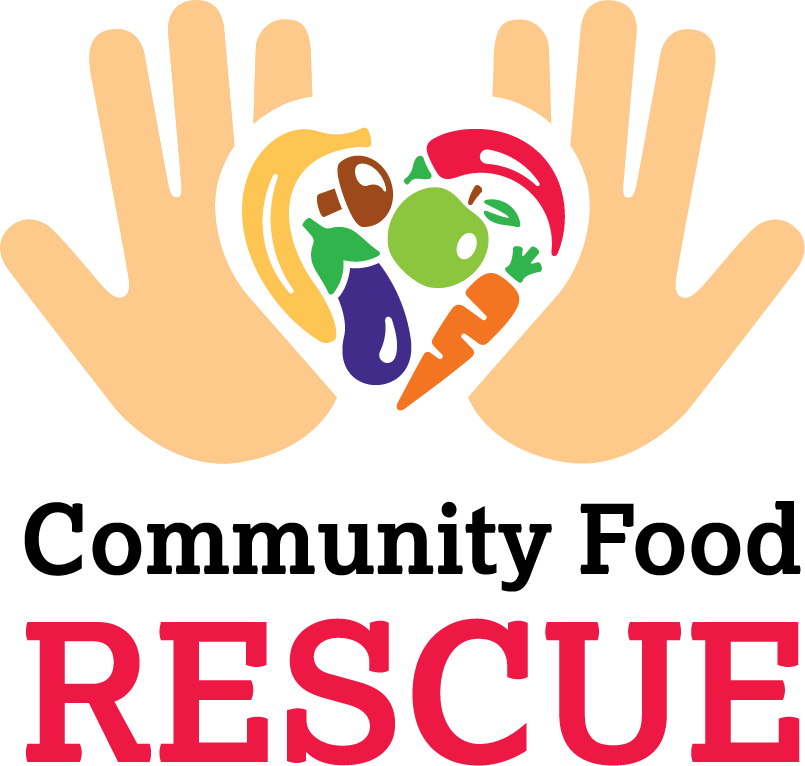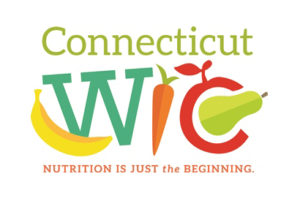You may have heard the buzz about sugar not being that great for you. This is especially true for those already monitoring their blood sugar in response to having type 2 diabetes. Let’s be clear: sugar is not bad, but we have to moderate out intake of it. Excessive sugar in the diet has been linked with diet-related metabolic disorders such as type 2 diabetes, heart disease, obesity/overweight, and metabolic syndrome. However, watching your sugar intake can be a little tricky these days when consuming foods that are pre-packaged. It may seem obvious that there’s a good amount of sugar in soda, candy, and ice cream right? Less obvious sources of added sugar include yogurts, frozen yogurt, iced tea, iced coffee, and breakfast cereals which are often marketed and sold under the guise of health.
This is why two things are important:
- Reading labels
- Check out the serving size. This is the one that gets folks all the time. Did you know a standard bottle (about 20 oz) of Pepsi is 2.5 servings? And who drinks only that amount, really? Be mindful when purchasing drinks, especially iced teas and fruit juices which can be loaded with added sugars and are often more than one serving per bottle. Similarly, if you eat breakfast cereal or snack food bought in bulk, you may want to measure what one serving really looks like.
- Read the ingredients. If one of the first ingredients is sugar, then reconsider the purchase. Sugar can be sneaky-honey, agave nectar, dextrose, fructose, high fructose corn syrup, corn syrup are all sugars.
- Look for carbohydrates on the nutrition label.
- Make it at home
- You can easily make ices tea and flavored yogurt at home and packaging it as needed. This post is mostly about yogurt, as it’s such a common snack and meals for most Americans. Yet this can apply to many packaged foods and snacks (such as popcorn, salad dressing, oatmeal to name a few) that can be made at home with bulk ingredients to curb added sugars, and cut down on cost in the long run.
One primary offender of added sugars is non-fat yogurt with fruit added. One serving can have as much as 36 grams of sugar added. By buying plain, low-fat yogurt and adding a touch of sweetener (such as honey), local seasonal fruit, and some unsweetened cereal for crunch, you can re-create the yogurt cup with a fraction of the sugar and more protein and fiber.
We used in season blueberries and peaches for this recipe, but it’s completely up to your preferences and tastes. Adding chia seeds and no-sugar-added jam would be a fantastic alternative if you didn’t have fruit on hand, or for the winter. Adding a serving of walnuts or pumpkin seeds would be lovely as well!
Really, the idea is to be more mindful of what we’re eating and feeding our children. Reading labels, making what we can at home, and eating seasonally is conscious eating, and provides better food for better health.
How do you decide what to buy and how to make it? We’d love to know!
Talk to us on Facebook, Twitter, or Instagram.










